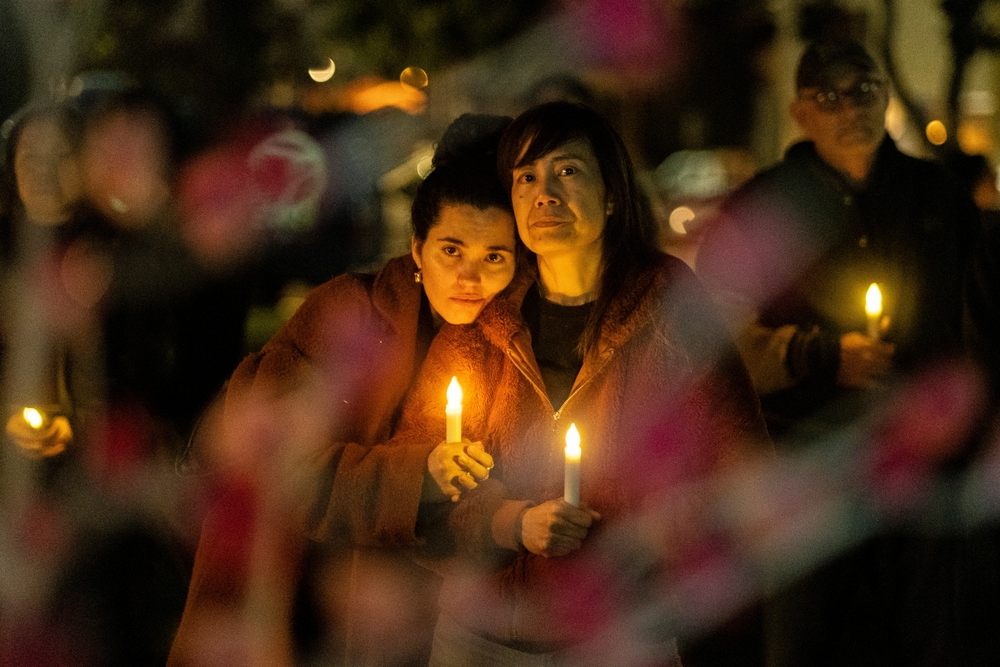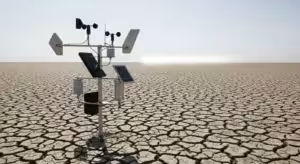It’s crucial to see how mass shootings can be prevented and it’s a critical concern and a huge challenge for public safety agencies, policymakers, mental health professionals, and communities nationwide.
NIJ is a sponsored research that highlights effective strategies for detection, prevention, and fast responses to tragic events. They provided insights that allow us to be more informed about how these incidents happen and how we could act the best not only in stopping the violence but also in preventing it from even appearing.

Signs and leaked plans that offer time for intervention
Individuals who commit mass shootings are in a state of crisis and most likely exhibit clear warning signs. These people display emotional distress and they share their turmoil and suicidal thoughts in direct conversations even through social media. Generally, they are contemplating suicide.
There exists a pattern of these individuals leaking their intentions before the attack. These attempts are however seen as a cry for help, and they end up unreported to authorities with a crucial opportunity for intervention missed.
Crisis intervention
In situations when someone reported the leaked plans allowing authorities to intervene, the attacks were successfully averted. It’s important to understand the warning signs and encourage prompt reporting for receiving crisis intervention.
We all play a role in Public Safety
Mass shootings affect communities across the country, this is why every individual needs to be proactive in prevention efforts. We’re going to share valuable insight to see how we can detect, prevent, and respond to these tragic events.
Your role
Mass shooters are usually connected to the location of their attack, so they choose and target places they are familiar with, such as schools, workplaces, or community spaces. Also, these individuals are either current or former members of the community they strike.
We can significantly reduce the risk of mass shootings by coming together and addressing signs of crisis and trauma. That’s why it’s important to know how to recognize them and report any threats of violence, making sure that every report is followed up on.
The key is public vigilance, and the proof is the fact that two-thirds of mass shooting plots are found because of someone’s initiative to report suspicious behavior or threats. A robust system of collecting and responding to potential threats is crucial. The Mass Attacks Defense Toolkit comes with guidelines about the reporting process and how members of a community can collaborate to prevent violence. Across the nation, other tools help communities share information to prevent a potential attack.

A promising strategy for prevention
Threat assessment is an effective measure to identify and respond to potential threats of violence. Community members need to be educated on how to assess and handle threats, to be able to act appropriately and prevent violence before it starts.
Each situation will need a tailored response, like referring an individual to mental health services or using law enforcement, or other type of interventions. Another thing to keep in mind related to supporting the mental health of individuals who pose threats is to not hesitate to report and to encourage others to report these concerns without fear of stigmatization.
Threat assessment is a valuable tool and it’s crucial to implement it carefully and avoid unintended consequences like creating an atmosphere of fear and distrust. However, your job is to report and stay sure that the situation is going to be handled in the best way.
Securing Firearms
Firearms need to be stored securely. Research showed that a lot of mass shooters committed the attack with a stolen weapon, most of the time from a family member. In cases of K-12 shootings, 80% of the perpetrators accessed firearms through theft.
Storage should contain trigger locks, essential in preventing unallowed access to weapons, as well as gun safes. These measures are extremely important in homes known for violent tendencies. Public campaigns with awareness purposes are circulating as well as community programs that are meant to educate gun owners about the importance of securing firearm storage.
Understanding the mental crisis behind mass-shooting
Mass shooters struggle with severe mental health issues and they often display signs of distress long before the event. They may be suicidal or have experienced significant trauma and hardship in their lives. It’s critical to understand these factors to prevent violence, as you will be able to recognize potential in a given situation.
However, it’s not effective enough as a prevention measure to profile individuals solely based on mental health. It’s important to address the communities and let the people know that issues like unsolved mental illness, trauma, or social isolation are the root causes of distress. The simple fact of knowing this can make a difference. These are integrated prevention strategies that can help at-risk individuals receive the help they need before resorting to violence.

Community Vigilance and Collective Action
It’s not the responsibility of a single group or organization to prevent mass shootings. Preventing such tragedies requires the collective effort of everyone in the community.
From the early recognition of the signs and reporting threats to securing firearms, every action counts, as well as a background of mental health support and initiatives.
It’s important to stay vigilant, informed, committed to a safety attitude, and be an active part of your community, when it comes to identifying and addressing issues. You have access to resources such as The Violence Project’s interactive database that offers insights into the motivations and backgrounds of mass shooters and you can find real help in it when it comes to understanding and combating the factors that lead to these disasters.
You can check this book out: Trigger Points: Inside the Mission to Stop Mass Shootings in America, by Mark Follman, Mark Deakins, et al.
Read next: 4 Major Man-Made Disasters






















